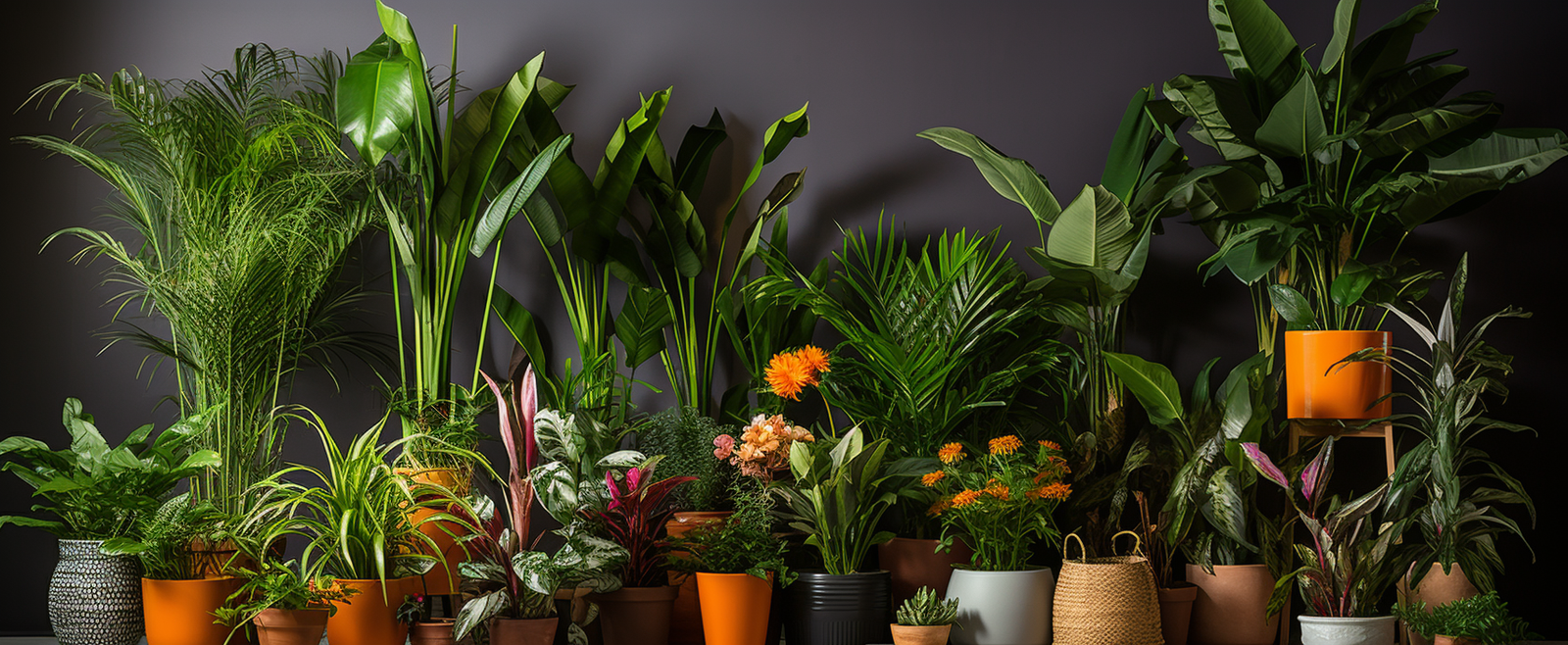How to grow, care, buy all types of tropical plants and flowers

Guides on plants
How to Care and Grow for Anthurium Warocqueanum (Queen Anthurium)
The Anthurium Warocqueanum or queen Anthurium plant belongs to the arum family (Araceae) and genus Anthurium, Because of its stunning and commanding appearance, the rare flora garnered the title “Queen Anthurium” among green lovers.
12 mins read